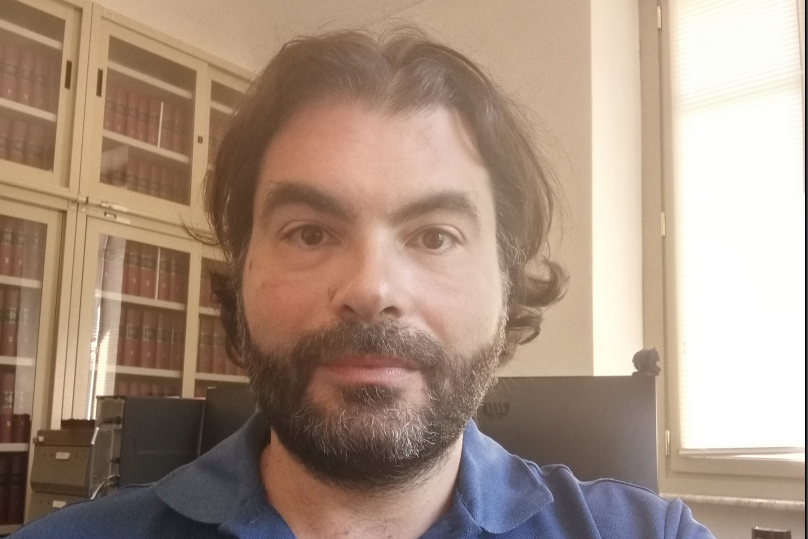Colloquium: Results from a long-term spectroscopic and photometric follow-up of young planetary systems

Infant and young stars (IYS), with an age ranging from a few Myr up to 800 Myr, are key targets to study the early evolution of planetary systems, and to understand their origin and evolution during the early stages after formation. Measuring the masses of planets in such systems through a radial velocity follow-up is a challenging task, however the expected scientific payoff is very valuable. The follow-up of IYSs hosting transiting, close-in planets offers the opportunity of studying how the mass-radius diagram evolves with the age of the systems, and how the atmospheric mass-loss rate evolves with time, in response to the high and evolving stellar high-energy irradiation. I will present highlights for a few benchmark IYSs that have been monitored with HARPS and HARPS-N in the context of the Italian long-term programma GAPS (Global Architecture of Planetary System). I will discuss the main challenges encountered in measuring the planets' masses at the level of data extraction and analysis, based on our experience built on the follow-up of several targets. Among the monitored systems, I will put a special emphasis on results and challenges from a long-term photometric and spectroscopic follow-up of the 20-Myr od multi-planetary system V1298 Tau.